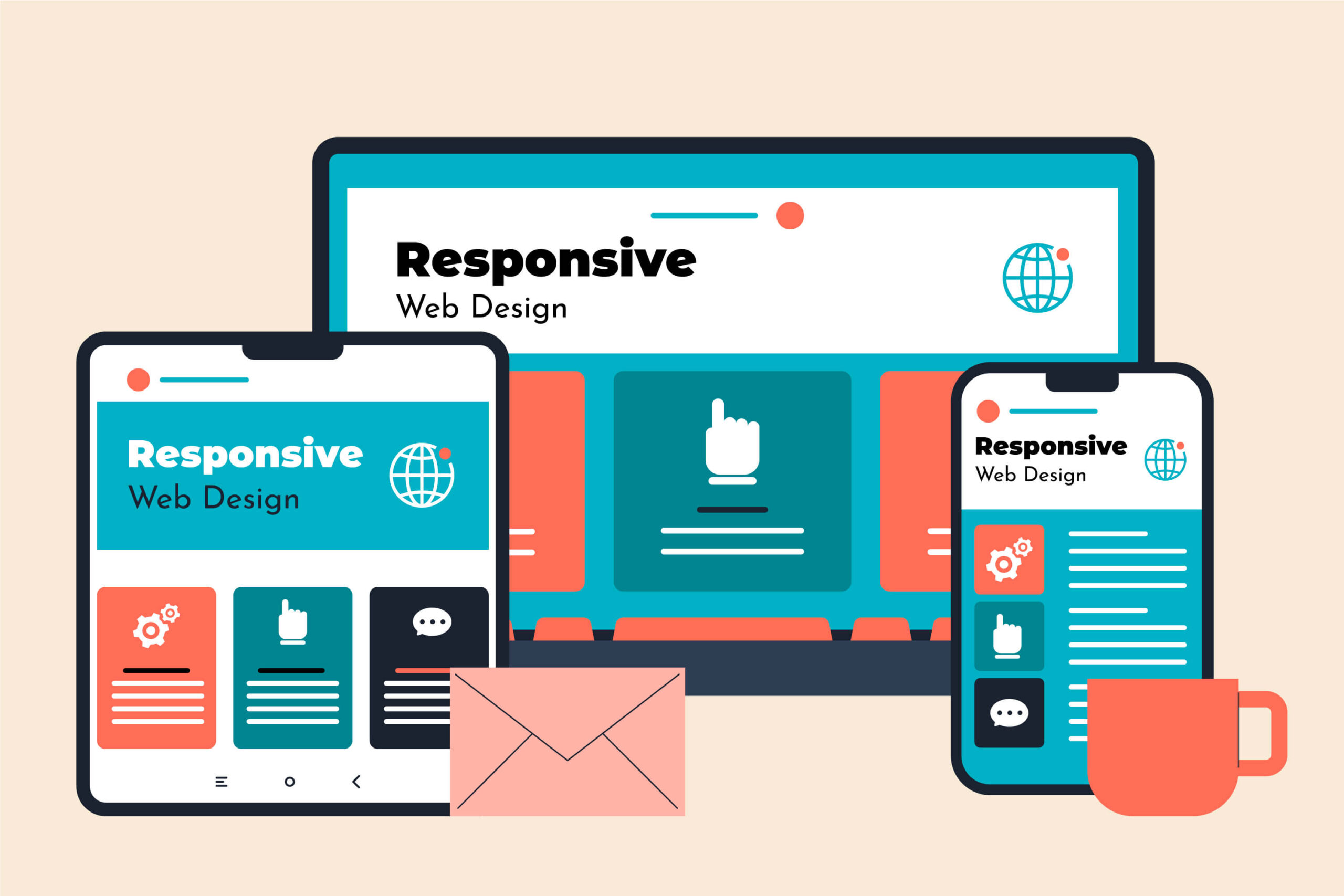Your website should be your hardest-working salesperson. Always available. Always professional. Always convincing. But for many businesses, the website quietly pushes potential customers away instead of bringing them in.
Maybe your phone isn’t ringing as much as it used to. Maybe people click your ads but never fill out the contact form. You can sense something’s off, but it’s hard to pinpoint what.
The truth is, small issues on your website can create a big impact on how visitors perceive your business. Even a few seconds of friction can mean a lost lead. And if you’re competing in markets like Australia, the US, or the UK, where customers have plenty of options, those details matter even more.
Let’s look at five clear signs your website might be costing you customers—and what you can do to fix it before more opportunities slip away.
1. Your Site Loads Slowly
Patience is short online. If your website takes longer than three seconds to load, many visitors will simply leave. A slow site doesn’t just hurt user experience. It also impacts your search rankings because Google rewards faster websites.
Common culprits include oversized images, too many plugins, or cheap hosting. Imagine someone clicking your ad, waiting several seconds for the page to appear, and then deciding it’s not worth it. That’s lost revenue you’ll never know about.
To fix it, start by testing your site’s speed using tools like Google PageSpeed Insights. Compress images, remove unnecessary scripts, and consider upgrading to a faster hosting provider.
If you’re already running paid traffic campaigns, make sure your landing pages are optimized for speed and conversions. For example, BrandBolt’s Website Development service helps business owners build high-performance websites that load fast and convert better across all devices.
2. It Looks Outdated or Feels “Off”
Design trends move fast. A website that looked fine five years ago can feel outdated today. Visitors might not consciously think “this looks old,” but they’ll feel it. Fonts, spacing, layout, and images all create a first impression in seconds.
An outdated design signals neglect. It makes people wonder if your services or products are just as behind. For example, if your homepage still uses stock photos from 2010 or cluttered layouts with tiny text, users will subconsciously lose trust.
A modern redesign doesn’t mean flashy animations. It means clarity. Easy navigation. Clean visuals. Consistent branding. If design isn’t your strength, consider hiring a professional web design agency like BrandBolt to refresh your site for the current digital landscape.
3. It’s Not Mobile-Friendly
More than half of all website traffic comes from mobile devices. If your site isn’t optimized for smaller screens, you’re losing a huge portion of potential customers.
Think about how frustrating it is to pinch and zoom on a phone just to read text or tap a button. Most people won’t bother. They’ll back out and look for a competitor with a better experience.
A mobile-friendly website should adjust automatically to any screen size. Buttons should be easy to tap. Text should be readable without zooming. Navigation should feel effortless. If you’re not sure how your site performs, open it on your phone right now and pretend you’re a customer. If it feels clunky, that’s your answer.
Responsive design isn’t optional anymore. It’s a basic expectation.

4. Visitors Don’t Know What to Do Next
A confusing website kills conversions. You might have great products, but if visitors can’t tell what action to take next, they’ll leave.
Many small business sites fall into this trap. There’s a nice layout, a few photos, and some text—but no clear direction. Should visitors call, book a demo, fill out a form, or buy now? If that choice isn’t obvious within seconds, people lose interest.
Every page needs a purpose. Use clear calls to action (CTAs) like “Get a Free Quote,” “Book a Consultation,” or “Shop Now.” Place them where users naturally look—after short paragraphs or in contrasting buttons.
If you track analytics, check where visitors drop off. That’s where your CTAs may be failing. A small tweak, like moving a button higher up the page or simplifying the form, can drastically improve conversions.
5. You’re Getting Traffic, But No Leads
This is one of the most frustrating signs. You’re investing in SEO, Google Ads, or social media, and people are visiting your website—but they’re not taking action.
The problem often lies in the content and trust elements. Maybe your copy doesn’t speak to the customer’s pain points. Maybe you don’t have testimonials, reviews, or case studies to build credibility. Or maybe your contact form feels too long and invasive.
Start by reviewing your content through the eyes of your customer. Does it clearly explain how you solve their problem? Do you sound human, or do you rely on jargon? Add social proof like testimonials, trust badges, and clear contact options.
If you’re driving paid traffic, make sure your messaging matches your ads. For example, BrandBolt’s Google Ads management service focuses on aligning ad copy and landing page design to convert visitors into qualified leads.
Key Takeaways
- A slow website drives visitors away before they even see your offer
- Outdated design makes your brand look less credible
- Mobile optimization is now non-negotiable
- Clear calls to action guide visitors to take the next step
- Strong, customer-focused content builds trust and converts traffic into leads
Final Thoughts
Your website should help your business grow, not quietly drain opportunities. Every visitor is a potential customer deciding in seconds whether they trust you or not.
Small improvements—faster load times, better design, clearer messaging—can add up to real results. If you’re not sure where to start, BrandBolt’s Website Development experts can help you redesign, optimize, and align your online presence so it consistently attracts and converts customers.
Your website is your digital storefront. Treat it like your best employee. Because it works 24/7, even when you don’t.
Common Questions
How can I check if my website is costing me customers?
Use tools like Google Analytics and Hotjar to see where users drop off or stop engaging. Look for patterns like high bounce rates or low conversion pages.
How often should I update my website?
A full redesign every 2 to 3 years keeps things fresh, but smaller content and speed updates should happen every few months.
What’s the most common website mistake small businesses make?
Neglecting clarity. Many sites try to say too much instead of focusing on one clear message and action.
Should I rebuild my site or just optimize what I have?
If your site structure and design are outdated, rebuilding might be smarter long-term. If it’s modern but slow or unclear, optimization can work.




